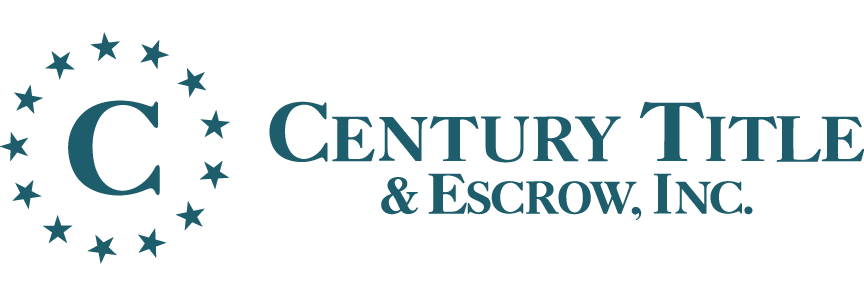The Consumer Financial Protection Bureau created two new forms that went into effect for all loans underwritten as of October 3, 2015. They combined the Good Faith Estimate and estimated TILA into a new Loan Estimate (abbreviated LE), the HUD-1 Settlement Statement, and the final TILA into the Closing Disclosure Form (abbreviated now as CD or CDF). The creditor is responsible for delivering the Closing Disclosure form to the consumer, but the final rule allows the lender to either prepare the Closing Disclosure form or share responsibility with the settlement agent. Some creditors may even use the settlement agents to prepare the Closing Disclosure, provided the settlement agent complies with the final rule’s requirements. We provide this service to our lender clients upon request.
The line numbering on the HUD-1 familiar to most of us is gone. Instead, the fees
and charges are placed on the Closing Disclosure in one of seven areas:
- origination charges
- services the borrower did not shop for
- services the borrower did shop for
- taxes and other government fees
- pre-paid
- initial escrow payment at closing
- other
Individual charges within each of these major groupings are listed alphabetically. Columns are provided to separate charges of buyer, seller, and others, as well as columns for payments both before and at closing.


